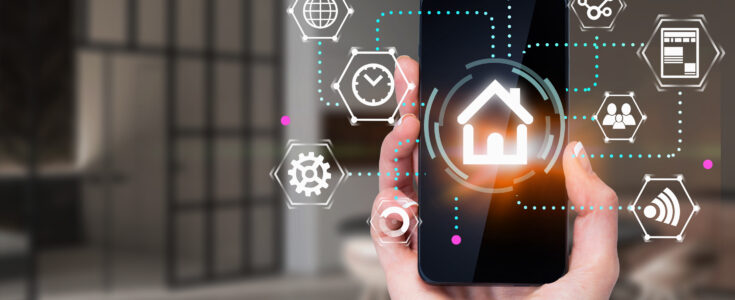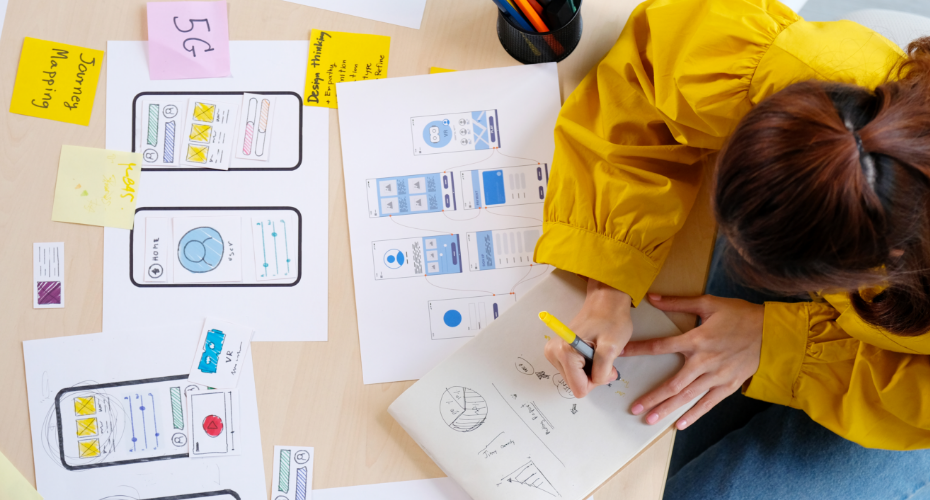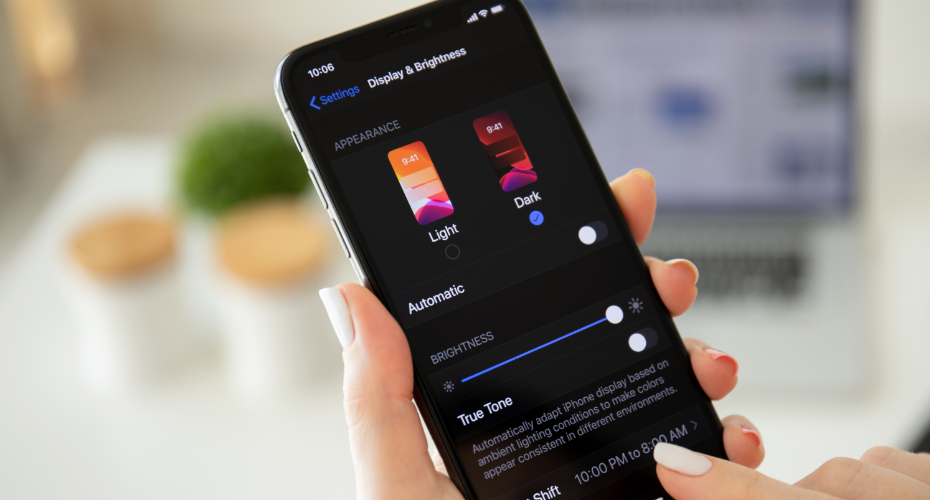
Connecting the Dots: Great UX in Connected Products

The principles of great user experience (UX) have been around for some time. Are things really so different when it comes to connected product UX?
Yes and no. The concept of keeping things consistent holds true for both digital-only products like apps and connected products. However, connected products have to factor in so much more to achieve consistency.
Meeting user expectations is another key design differentiator for connected products. Consider the following scenarios. Even non-techy people have an understanding of how the internet works. There might be a frustration if we have to wait for a page to load or an app to respond, but we can rationalize the reasons why it is happening. But how would a user feel if there is a 20-30 second delay in their voice assistant responding? The assumption would be that it was not working. How about a medical device that is supposed to give real-time readings for a health condition? This is not something health professionals can shrug off. It may signify a medical emergency. Or, to use an everyday smart home example, what if a user had to wait for an app to respond in order to lock the front door. User expectation is important. The more the connected product looks like an “ordinary” unconnected product, the more significant user expectation becomes. Would a courier hang around, attempting to deliver a parcel if there’s a delay in answering a doorbell? Most couriers would assume the user is not in, not that the homeowner’s smart doorbell is trying to make contact with the homeowner.
It soon becomes apparent that developing great UX in connected products is about connecting all the dots in the ecosystem. Here are the eight most fundamental considerations for connected product developers.
1. Be design-led
However, you phrase your strategic goals, make it clear that they are design-led. Successful integration with a relevant database may be important, but only in so much that it helps the user access the information they want more quickly.
2. Also, be experience-led
In digital engineering, producing MVPs through a lean development process has become the norm. These MVPs can be changed (often radically) based on user feedback. However, the economics of connected product development is different. The cost of changing hardware design down the line can be prohibitive. That’s why experience needs to be embedded in connected product design from very early. Questions to ask are: would people use this? Why / how would people use this? What does it feel like to use this?
3. Keep things simple and focused
Easy to say, harder to do. Users expect traditional physical products to be easy to set up (doorbells, fridges, keys, lightbulbs). So simplicity needs to be implicit in the design of their smart equivalents. Complexity escalates quickly with IoT products. From an engineering perspective, the latest UI automation techniques can help keep things looking and feeling seamless across the dizzying range of devices, languages, and geographies.
4. Consistency is king
Product developers are familiar with the need for a holistic approach to designing and engineering products. With IoT products, we are talking about the whole ecosystem. Do the devices within the system inter-relate in a way that is logical and intuitive? For instance, how you adjust volume or temperature up and down will vary depending on the interfaces accessing your smart product, but there needs to be a consistency between them so that a user can just as easily turn up the volume with a voice assistant, app, smartwatch or via the hardware itself.
Holistic design runs deeper than the touchpoints and interfaces, too. Good user experience is built on sound, strategic decision-making to do with the choice of architecture and frameworks.
5. Fail to prepare, prepare to fail
Testing connected products involve considering a whole load more ways things can go wrong than in a digital-only product. For instance, when Apexon was involved in developing the first ingestible “smart pill” that delivers medication to the patient, it required inventive prototype testing in our Labs to simulate conditions that would be found in the human body. In the IoT, where code is executed (i.e. on the edge, in the core, etc) is just as crucial as the code itself in delivering results reliably in all conditions.
6. Context, personalization, and learning
Remember the earlier point about keeping things simple? With many smart home devices, user expectation dictates that set-up must be easy. It is up to product developers to mask all the clever things the device is capable of, until a later time when these capabilities can really shine through the use of contextualization, personalization and learning techniques. For instance, a voice assistant that is capable of learning, over time, the different voices in a household and their different purchasing permissions. Or a smart thermostat that over time grows to understand what a comfortable temperature is for a household. Or a smart pill that understands what your baseline health measurements and how to adjust medication accordingly.
7. Keeping great UX going long-term
Iterative improvement is the norm for digital products. Connected products are more complex and maintaining them is consequently more resource-intensive. It is extremely important to ensure the right architecture, frameworks, automation tools are all in place to ensure continuous innovation.
Even more fundamental is factoring in the ongoing cost of providing great UX. Conventional non-smart objects, like the ones smart home devices are seeking to replace, involve a one-off purchase. Digital-only products can often be free (with options to upgrade later) or cost a relatively small amount. Connected devices, on the other hand, typically rely on a subscription-based model. Great UX is not just about getting the right reaction when you press buttons, it is also about getting the business model right so that the product is scalable, and users feel they are getting value.
8. The speed of a start-up, the strength of an enterprise
Start-ups are nimble and move quickly. Innovation may require acting like a start-up. Try assembling small, focused teams, cross-functional roles with accelerated approval cycles. When the time is right, take advantage of the deep resources at your disposal: the right testing tools, automation frameworks and industry-specific test packs available in your enterprise.
If you are in the development process for a connected product, take a look at how Apexon approaches digital engineering in the IoT and how we help developers with user experience and visual design. Or to talk to us directly, leave a message in the section below.




